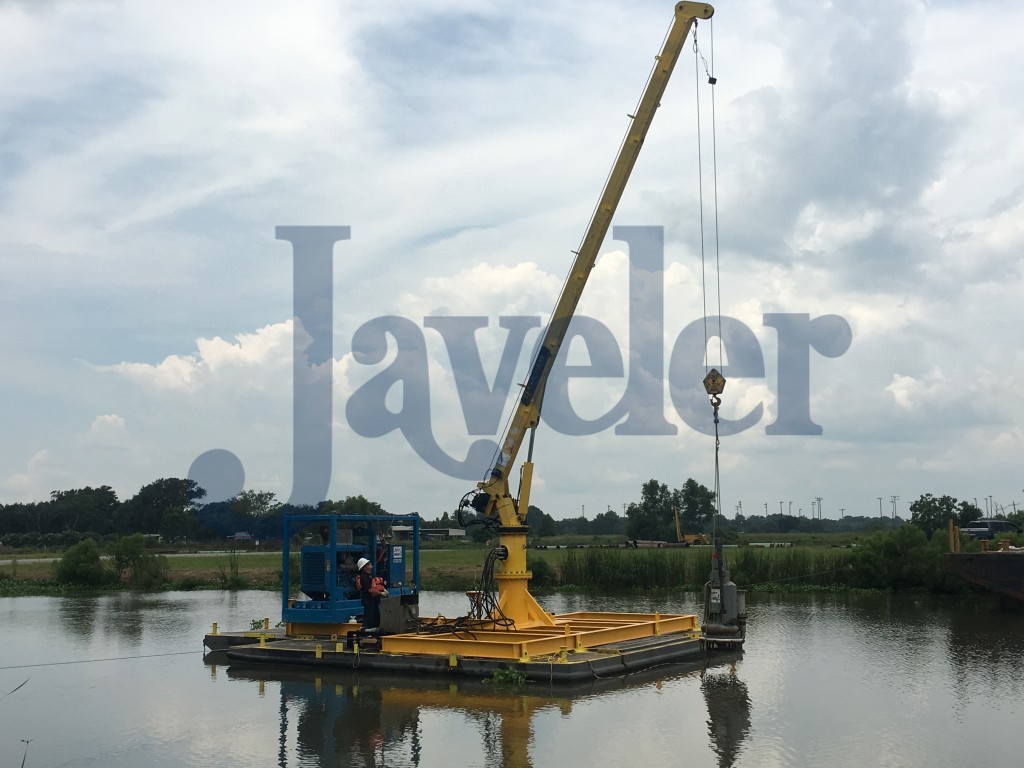Wetland restoration is a critical process. It is something that you can do on your own or with the help of an organization. Knowing more about the restoration process will allow you to focus on what needs to be done in order to protect the environment.
There are Multiple Stages
Restoring wetlands is not something that happens overnight. There are multiple stages that need to be done. This means you will need to analyze the wetlands in your area to determine what needs to be done. In some instances, you might need to start from the very beginning. In other instances, you can pick up with what other people have done in order to anticipate future changes and design for sustainability.
The analysis of your wetlands will help you to determine more about what is going on and what needs to be done. You may need to protect aquatic resources and even restore the overall structure and function of the ecosystem. You might also need to clear out degrees within the water and help to improve the overall environment before you get started.
It Takes a Lot of Work
There is a lot of work involved with wetland restoration. Simply restoring ecological integrity and take a significant amount of time. This is because you might need to clean up the area, educate the people around you, as well as incorporate a new design that will help to restore some of the native species within the land.
You cannot be expected to know how to do everything. You might know about the watershed/landscape context, which you might not know anything about how to restore species or how to improve bio-engineering of the area. This is when it’s absolutely vital for you to turn to professionals.
It’s Okay to Ask for Help
Asking for help is the only way for you to only handle wetland restoration. You will be able to tap into professional help when it comes to restoring natural structures, addressing degradation, and even designing for sustainability. Be beneficial to involve a multi-disciplinary team to ensure that all aspects of the restoration are being scheduled.
It’s also important to remember that this is not a one-time fixed. It is going to be an ongoing project because of the need to preserve, protect, and monitor. You will want to involve your entire team so that they understand the importance of the area and how it affects the entire ecosystem.
As long as you remember that you are not in it alone, it will be much easier to focus on wetland restoration. You will need to look at the water, the land, and the animals in order to get the big picture. The water might need to be improved first so that the animals have the available resource. From there, clean up the land, plant trees, and even introduce new species back to the area.
When you get the wetlands restored, it will be a great achievement.

